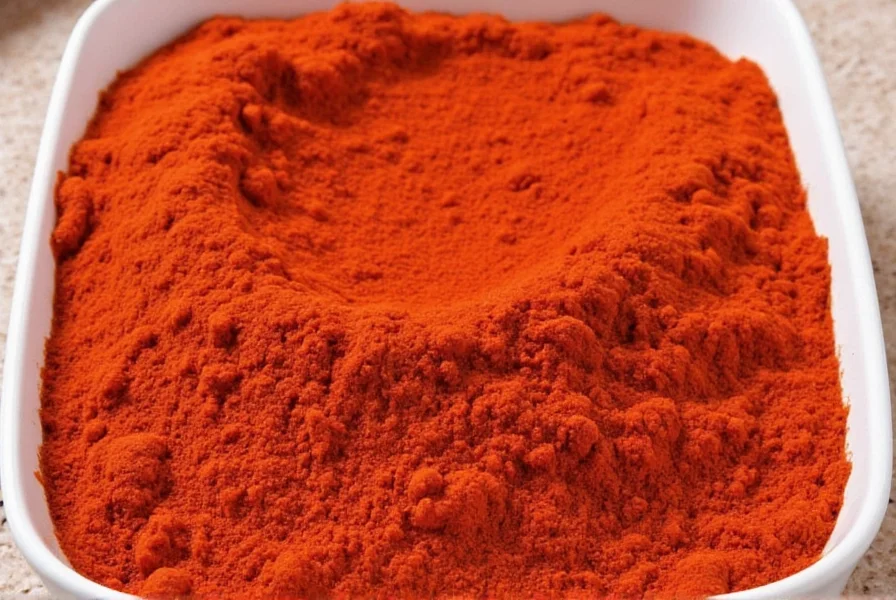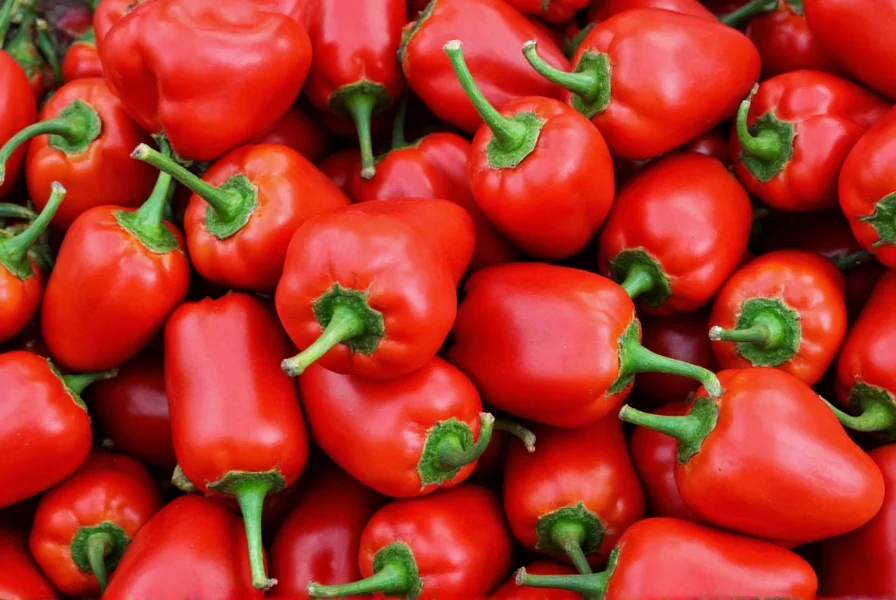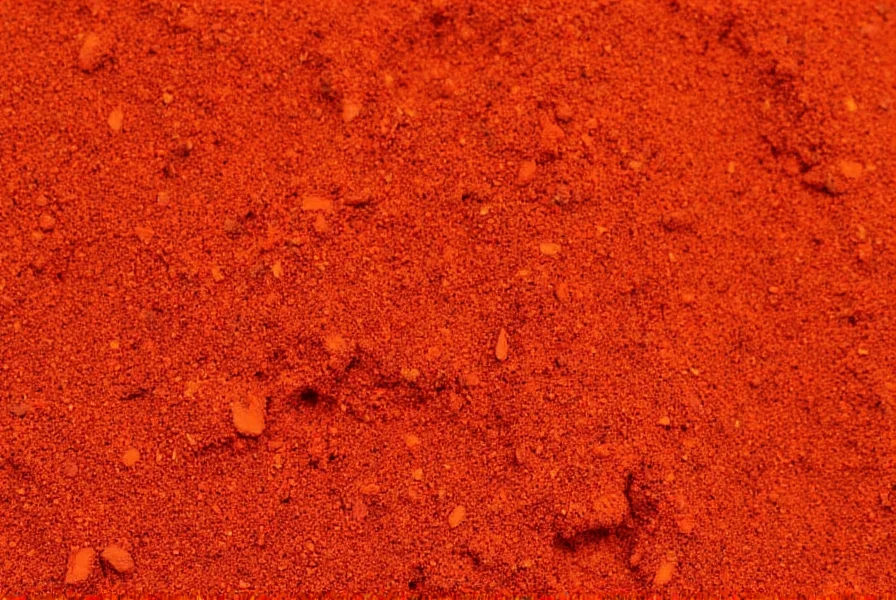Paprika isn't just a single spice but rather a spectrum of flavors and colors derived from different pepper varieties. This versatile seasoning has been enhancing dishes for centuries, with its origins tracing back to Central America before spreading globally through trade routes.
The Pepper Varieties Behind Paprika
While all paprika comes from Capsicum annuum peppers, the specific cultivars determine the final product's characteristics. Unlike chili powder which often contains additional spices, pure paprika contains only ground peppers. The most common varieties used include:
How Paprika Is Produced: From Farm to Spice Jar
The production process significantly impacts paprika's final flavor profile. Traditional methods involve careful selection, drying, and grinding techniques that have been refined over generations.

Harvesting and Selection
Peppers destined for paprika production are harvested at peak ripeness when their sugar content and pigments are most concentrated. Farmers selectively pick peppers that meet strict quality standards for color, size, and maturity. The harvesting timing is crucial—too early and the peppers lack full flavor development; too late and they may become overly sweet or start to rot.
Drying Process
Drying transforms fresh peppers into the base material for paprika. Traditional methods include:
- Air drying: Peppers are strung on threads and hung in well-ventilated areas
- Sun drying: Peppers are spread on mats and rotated regularly under the sun
- Smoke drying: Used for smoked paprika varieties, particularly in Spain
The drying environment must maintain specific temperature and humidity levels. Too much heat destroys capsaicin and color compounds, while insufficient drying leads to mold development. Properly dried peppers should be brittle but retain their vibrant color.
Grinding and Processing
After drying, peppers undergo meticulous processing:
- Stems and seeds are carefully removed (though some varieties retain seeds for extra heat)
- Peppers are ground using stone mills or modern grinding equipment
- Fine sieving ensures consistent powder texture
- Final product is packaged in light-resistant containers to preserve color and flavor
The grinding temperature is carefully controlled—excessive heat during processing can degrade the delicate compounds that give paprika its distinctive flavor and color.
Regional Variations in Paprika Production
Different regions have developed distinctive paprika styles based on local pepper varieties and processing methods:
Hungarian Paprika
Hungary produces some of the world's most renowned paprika, with eight official classifications ranging from mild to hot. The most prized varieties come from the Kalocsa and Szeged regions, where specific soil conditions and climate create ideal growing environments. Hungarian paprika makers often use traditional stone mills that generate minimal heat during grinding, preserving the delicate flavor compounds.
Spanish Paprika (Pimentón)
Spain is famous for its smoked paprika (pimentón de la Vera), which undergoes a unique smoking process over oak wood fires. This gives the spice its distinctive earthy, smoky flavor. Spanish paprika comes in three main varieties: dulce (sweet), agridulce (bittersweet), and picante (spicy). The smoking process can last up to 15 days, with peppers rotated regularly for even exposure.

Nutritional Profile of Paprika
Beyond its culinary uses, paprika offers notable nutritional benefits. It's particularly rich in:
- Vitamin A: From carotenoids like beta-carotene
- Vitamin E: A powerful antioxidant
- Vitamin B6: Essential for metabolism
- Carotenoids: Including capsanthin, which gives paprika its red color
Just one tablespoon (6 grams) of paprika provides approximately 68% of the recommended daily intake of vitamin A. The antioxidant content varies depending on the pepper variety and processing method, with brighter red varieties generally containing higher concentrations of beneficial compounds.
Using Paprika in Cooking
Understanding what paprika is made from helps explain its culinary applications. The spice's solubility characteristics mean it releases flavor differently than fresh peppers:
- Add to dishes early for deeper flavor integration
- Combine with fats (oil, butter) to maximize flavor release
- Avoid high-heat cooking which can make it bitter
- Use as finishing spice for vibrant color presentation
Different paprika varieties work best with specific dishes—sweet Hungarian paprika enhances goulash and stews, while smoked Spanish paprika elevates roasted meats and bean dishes. The heat level varies significantly between varieties, so choosing the right type matters for recipe success.
Frequently Asked Questions
What specific peppers are used to make paprika?
Paprika is primarily made from sweet varieties of Capsicum annuum peppers, including Kaló, Padrón, and Pimiento peppers. The specific cultivar determines whether the final product is sweet, hot, or smoked. Unlike chili powder, authentic paprika contains only ground peppers without additional spices.
Is paprika made from only red peppers?
While most paprika comes from red peppers at peak ripeness, some specialty varieties use peppers at different maturity stages. The vibrant red color comes from carotenoid pigments that develop as peppers ripen. Yellow and orange paprika varieties exist but are less common than the traditional red version.
How is smoked paprika different from regular paprika?
Smoked paprika undergoes an additional smoking process where dried peppers are exposed to oak wood smoke for several days. This traditional method, particularly used in Spain's La Vera region, imparts a distinctive earthy, smoky flavor that regular paprika lacks. The smoking process also affects the color, giving smoked paprika a slightly darker, more complex hue.
Can paprika be made at home?
Yes, homemade paprika is possible by drying sweet peppers (like bell peppers or specific paprika varieties) and grinding them into powder. The process requires selecting ripe peppers, drying them thoroughly at low temperatures (below 140°F/60°C to preserve flavor compounds), removing stems and seeds, and grinding to a fine consistency. Proper storage in airtight, light-proof containers is essential to maintain freshness.
Does paprika contain any additives or fillers?
Pure paprika should contain only ground dried peppers. However, some commercial products may include anti-caking agents like silicon dioxide or rice flour. High-quality paprika, particularly from traditional regions like Hungary or Spain, typically contains no additives. When purchasing, check the ingredient list to ensure you're getting pure paprika without unnecessary fillers.
| Pepper Type | Region of Origin | Paprika Characteristics |
|---|---|---|
| Kaló<\/td> | Hungary | Sweet, rich flavor with deep red color | <\/tr>
| Cayenne | Various | Hotter varieties with brighter red hue | <\/tr>
| Pimiento | Spain | Sweet, mild flavor with distinctive aroma | <\/tr>
| Chipotle | Mexico | Smoked variety with earthy, complex notes | <\/tr> <\/tbody> <\/table>











 浙公网安备
33010002000092号
浙公网安备
33010002000092号 浙B2-20120091-4
浙B2-20120091-4